Equipment
TaylorMade Tour Preferred EF wedges
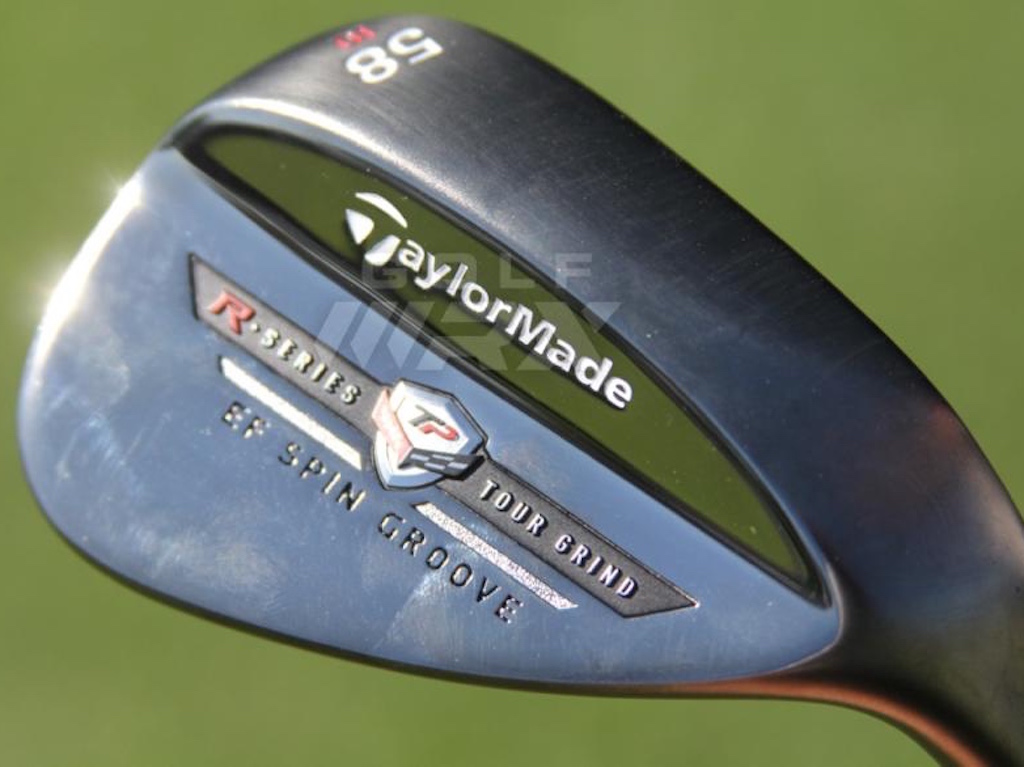
TaylorMade’s Tour Preferred EF wedges use chemistry to offer golfers longer-lasting, higher-spinning grooves.
Instead of milling or casting the grooves, like most wedges on the market, TaylorMade uses a chemical process called electroforming — thus the “EF” — to make a face insert with grooves that are consistently sharper and more durable than their predecessors.
The science is complicated, so I’ll do my best to simplify it.
Nickel and cobalt materials go through an ionization process in an electrolytic solution, then ions get plated onto a master model. The “master” is a mold that forms the grooves and micro-milling of the face insert. When the nickel cobalt solution lifts off the master, what’s left is a sheet of material that has taken the shape of the mold.
Think of a loose leaf piece of paper, but the lines are grooves.
The material is 0.25 millimeters thick — about the size of a piece of paper. Face inserts are then laser-cut from the sheet, and adhered to the 1025 carbon steel body.
[quote_box_center]”The insert material feels like a credit card,” says Clay Long, TaylorMade’s Director of Product Creation for TaylorMade Putters and Wedges. “You can bend it with your fingers.”[/quote_box_center]
The electroformed nickel cobalt insert is about 50 times harder than carbon steel, but according to Long, the increased hardness doesn’t mean a harder feel than the TaylorMade’s previous wedge models.
[quote_box_center]”The feel of the face when hitting a shot is no different than carbon steel,” he says. [/quote_box_center]
Since the insert is made from a master mold, each of the grooves are consistently sharp and won’t dull as fast as milled or cast grooves. The dark PVD finish will show signs of wear, but the grooves will last “for what seems like forever,” Long says.
While PGA Tour players like Dustin Johnson and Sergio Garcia don’t have a problem getting their hands on fresh new wedges whenever they want, both players have put the new wedges in the bag. Johnson won the Northern Trust Open with three Tour Preferred EF wedges (52, 56 and 60 degrees).
The shapes and sole grinds of the EF wedges are consistent with the original Tour Preferred models. They’re offered in two sole grinds, “Tour” and “ATV,” although the ATV grind has a slightly more narrow sole than the original. Also, a few more loft and bounce combinations have been added.
Tour Grind
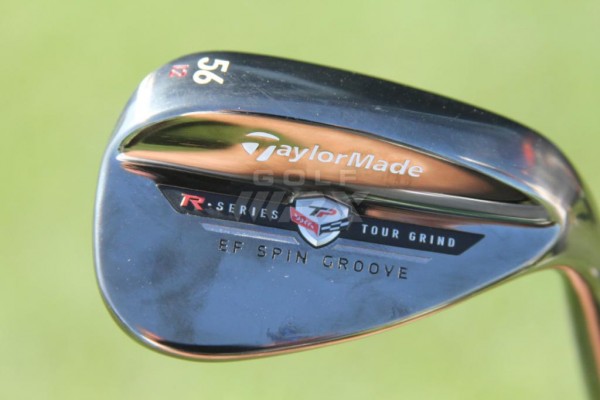
The Tour Grind will be available in eight lofts (47, 50, 52, 54, 56, 58, 60 and 62 degrees) with bounce options ranging from 8 to 15 degrees.
ATV Grind
The Tour Preferred EF wedges ($159) come stock with KBS Shafts, and will hit stores on April 10.
For more information, click on the spec sheet below.
See what GolfWRX members are saying about the wedges in the forums.
- LIKE112
- LEGIT21
- WOW11
- LOL6
- IDHT6
- FLOP10
- OB6
- SHANK37
Whats in the Bag
WITB Time Machine: Danny Willett’s winning WITB, 2016 Masters
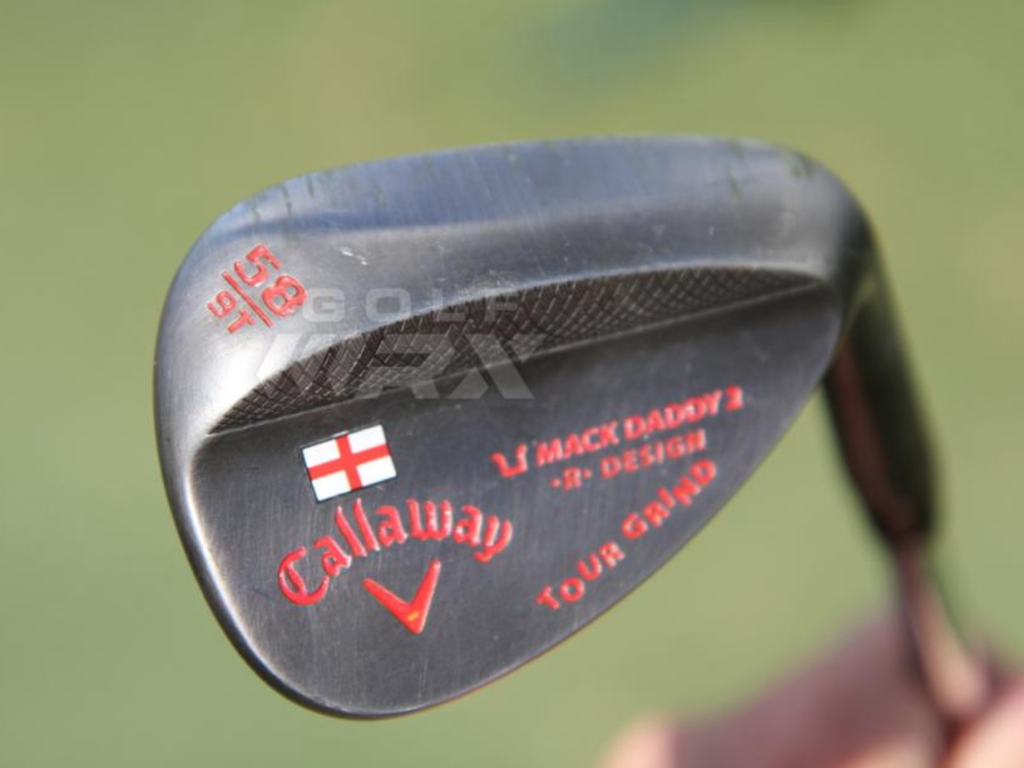
Driver: Callaway XR 16 (9 degrees)
Shaft: Mitsubishi Rayon Diamana W-Series 60 X
Length: 45.5 inches
3-wood: Callaway XR 16 (15 degrees)
Shaft: Mitsubishi Rayon Diamana W-Series 70X
5-wood: Callaway XR 16 (19 degrees)
Shaft: Mitsubishi Rayon Diamana W-Series 80X
Irons: Callaway Apex UT (2, 4), Callaway Apex Pro (5-9)
Shaft: True Temper Dynamic Gold X100 Superlite
Wedges: Callaway Mack Daddy 2 (47-11 S-Grind) Callaway Mack Daddy 2 Tour Grind (54-11, 58-9)
Shaft: True Temper Dynamic Gold X100 Superlite
Putter: Odyssey Versa #1 Wide (WBW)
Lie angle: 71 degrees
Ball: Callaway Speed Regime SR-3
Check out more photos of Willett’s equipment from 2016 here.
- LIKE2
- LEGIT0
- WOW1
- LOL0
- IDHT0
- FLOP0
- OB0
- SHANK0
Equipment
Project X Denali Blue, Black shaft Review – Club Junkie Review
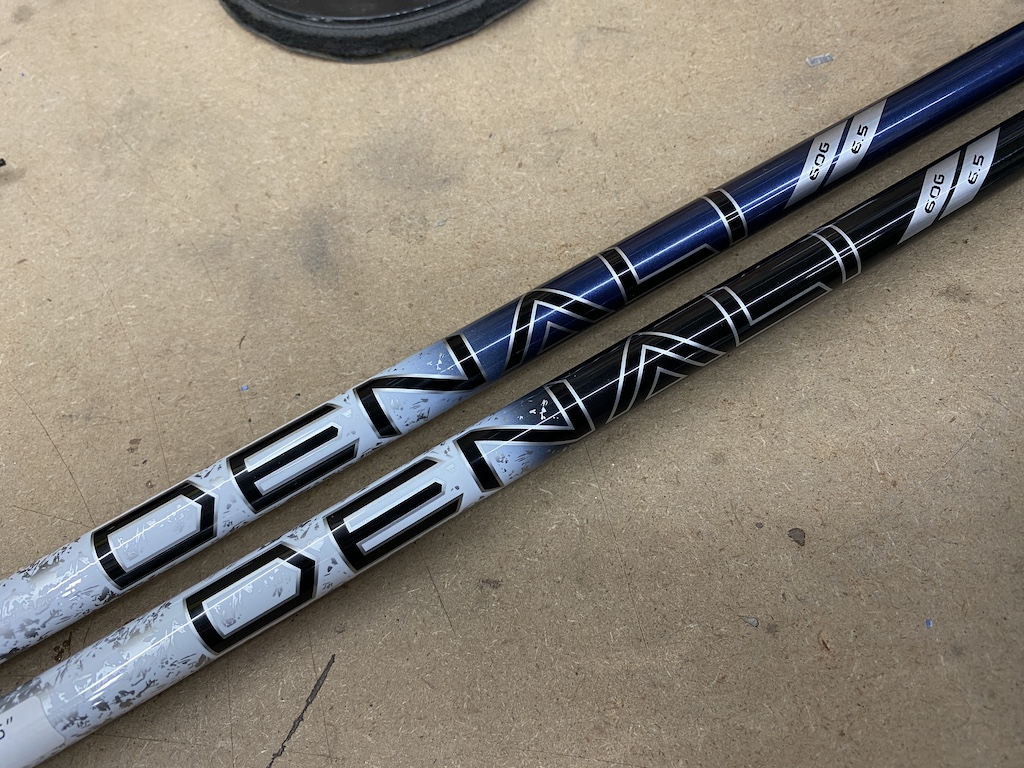
Originally, Project X was known for low-spin steel iron shafts. However, the company might now be known for wood shafts. Denali is the newest line of graphite shafts from Project X. With the Denali line, the company focuses on feel as well as performance.
There are two profiles in the Denali line, Blue and Black, to fit different launch windows. Denali Blue is the mid-launch and mid-spin profile for players who are looking for a little added launch and Denali Black is designed for low-launch and low-spin. Both models are going to offer you a smooth feel and accuracy.
For a full in-depth review check out the Club Junkie podcast on all podcast streaming platforms and on YouTube.
Project X Denali Blue
I typically fit better into mid-launch shafts, as I don’t hit a very high ball so the Denali Blue was the model I was more excited to try. Out of the box, the shaft looks great and from a distance, it is almost hard to tell the dark blue from the Denali Black. With a logo down install of the shaft, you don’t have anything to distract your eyes, just a clean look with the transition from the white and silver handle section to the dark navy mid and tip.
Out on the course, the Blue offers a very smooth feel that gives you a good kick at impact. The shaft loads easily and you can feel the slightly softer handle section compared to the HZRDUS lineup. This gives the shaft a really good feel of it loading on the transition to the downswing, and as your hands get to impact, the Denali Blue keeps going for a nice, strong kick.
Denali Blue is easy to square up at impact and even turn over to hit it straight or just little draws and most of the flex of the shaft feels like it happens right around where the paint changes from silver to blue. The Blue launches easily and produces what I consider a true mid-flight with the driver. While it is listed as mid-spin, I never noticed any type of rise in my drives. Drives that I didn’t hit perfectly were met with good stability and a ball that stayed online well.
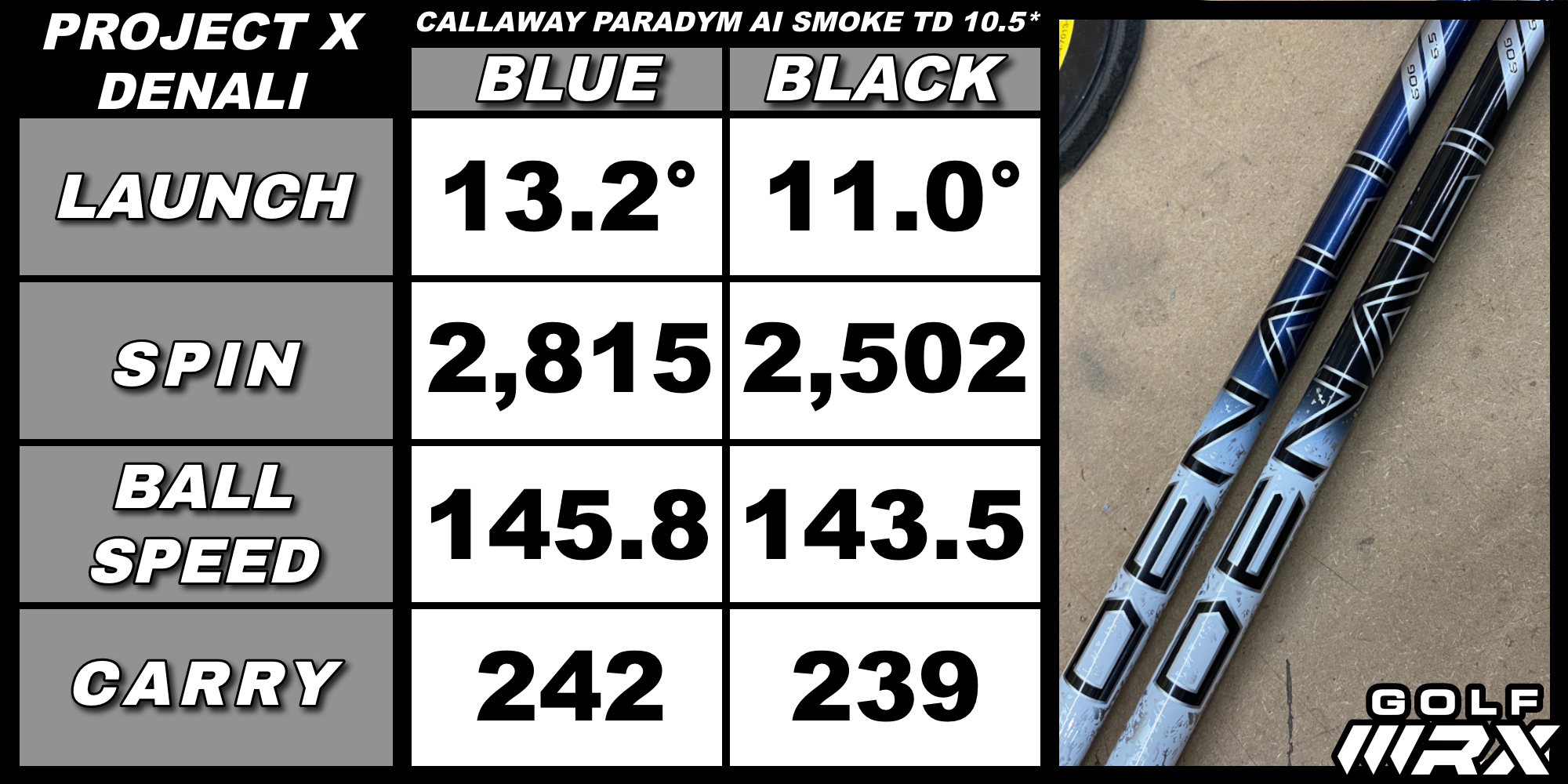
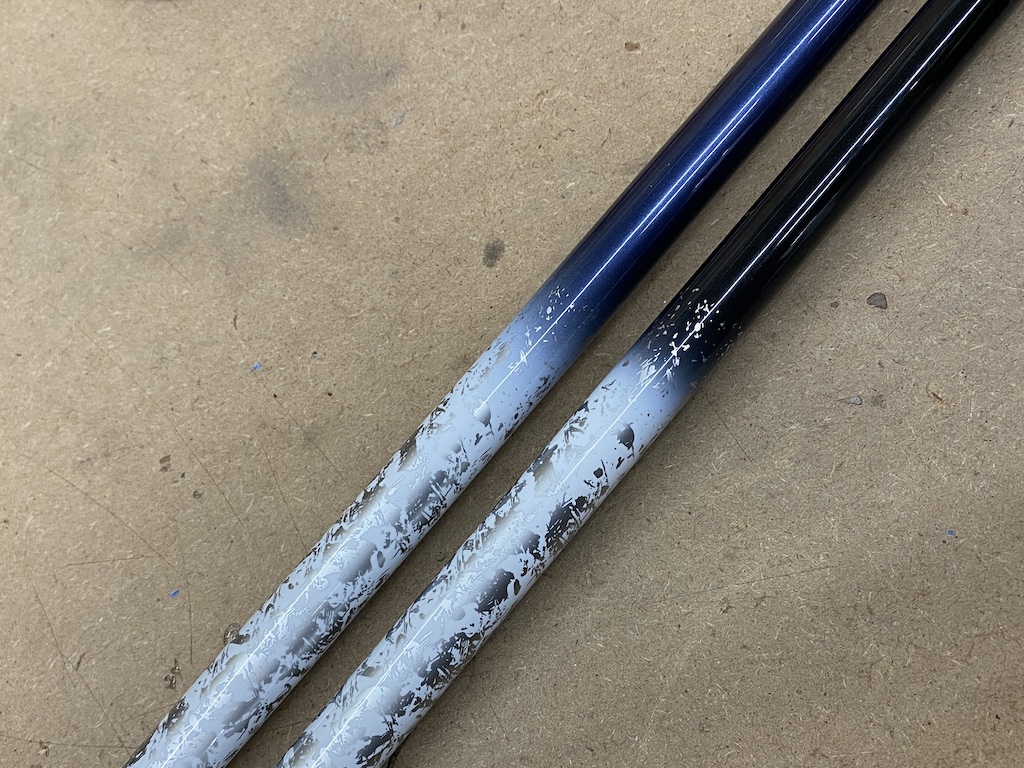
Project X Denali Black
When you hold the Denali Black in your hands you can tell it is a more stout shaft compared to its Blue sibling by just trying to bend it. While the handle feels close to the Blue in terms of stiffness, you can tell the tip is much stiffer when you swing it.
Denali Black definitely takes a little more power to load it but the shaft is still smooth and doesn’t give you any harsh vibrations. Where the Blue kicks hard at impact, the Black holds on a little and feels like keeps you in control even on swings that you try and put a little extra effort into. The stiff tip section also makes it a little harder to square up at impact and for some players could take away a little of the draw from their shot.
Launch is lower and more penetrating compared to the Blue and produces a boring, flat trajectory. Shots into the wind don’t rise or spin up, proving that the spin stays down. Like its mid-launch sibling, the Black is very stable and mishits and keeps the ball on a straighter line. Shots low off the face don’t get very high up in the air, but the low spin properties get the ball out there farther than you would expect. For being such a stout shaft, the feel is very good, and the Denali Black does keep harsh vibrations from your hands.
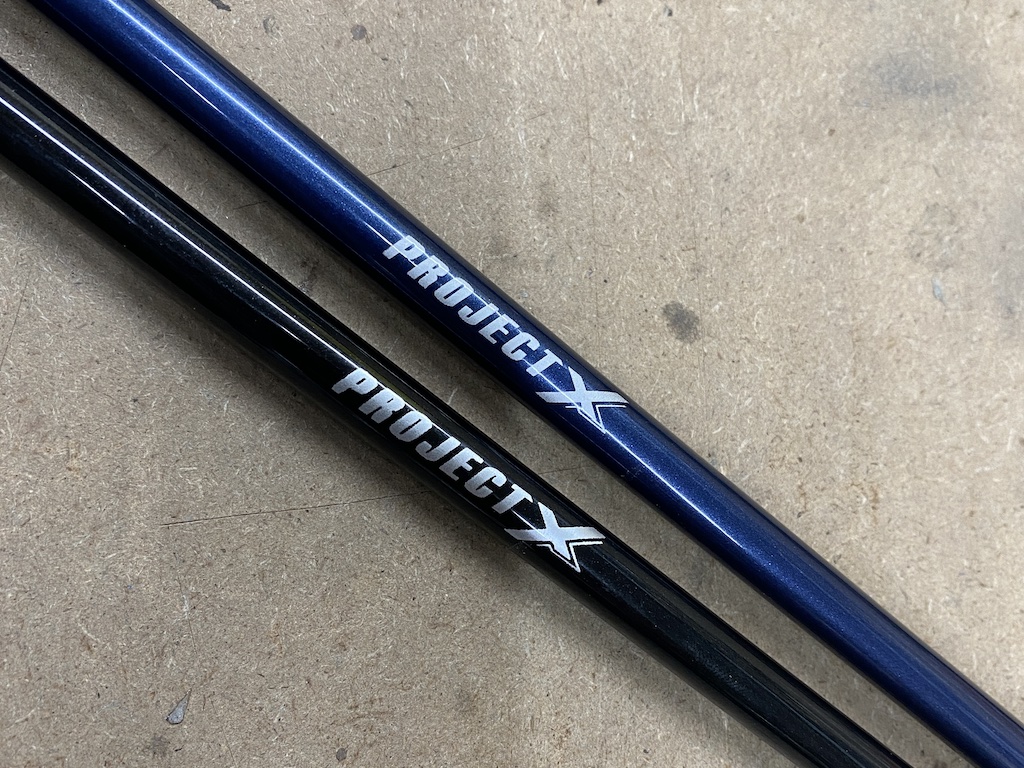
Overall the Project X Denali Blue and Black are great additions to the line of popular wood shafts. If you are looking for good feel and solid performance the Denali line is worth trying out with your swing. Choose Blue for mid-launch and mid-spin or Black for lower launch and low spin.
- LIKE2
- LEGIT1
- WOW1
- LOL0
- IDHT0
- FLOP0
- OB0
- SHANK0
Equipment
What we know about Bryson DeChambeau’s 3D-printed Avoda irons
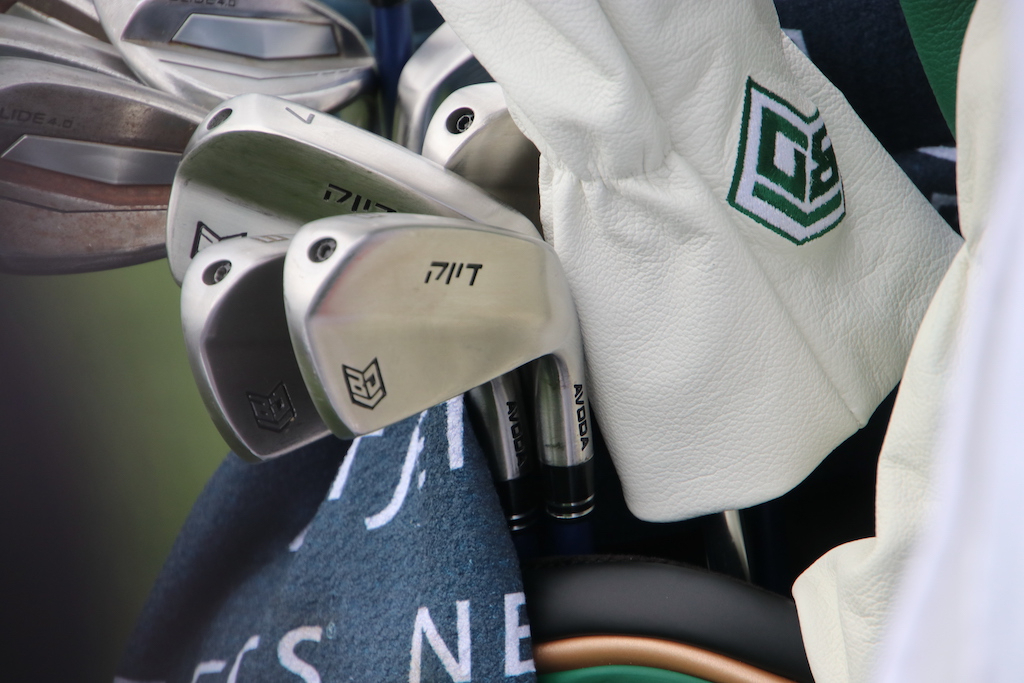
Bryson DeChambeau fired an opening-round 7-under 65 at Augusta National, hitting an impressive 15 of 18 greens in regulation in the process. Golf’s mad scientist’s play grabbed headlines and so too did his equipment. In place of the Ping i230 irons he had in the bag last week for LIV Golf’s Miami event, DeChambeau is gaming a prototype 5-PW set of irons from little-known direct-to-consumer manufacturer Avoda.
What is Avoda Golf?
Founded by Tom Bailey, also a Mike Schy student like Bryson DeChambeau, Avoda Golf is a direct-to-consumer golf equipment company that currently manufactures both single and variable-length irons in one model that are available for pre-order.
What irons is Bryson DeChambeau playing?
Per multiple reports, DeChambeau is playing a custom-designed set of single-length irons that incorporate bulge and roll into the face design. The two-piece 3D-printed irons were reportedly only approved for play by the USGA this week, according to Golfweek’s Adam Schupak.
Regarding the irons, DeChambeau told Golf Channel the irons’ performance on mishits was the determining factor in putting them in play this week. “When I mishit on the toe or the heel,” DeChambeau said. “It seems to fly a lot straighter for me and that’s what has allowed me to be more comfortable over the ball.”
What can we tell about the design of the clubs?
These days, it is a little hard to speculate on what is under the hood with so many hollow body irons. DeChambeau’s irons look to be hollow on the lower section as they do flare back a decent amount. That “muscle” on the back also looks to be fairly low on the iron head, but we can assume that is progressive through the set, moving up higher in the short irons.
A screw out on the toe is probably used to seal up the hollow cavity and used as a weight to dial in the swing weight of the club. From pictures, it is hard to tell but the sole looks to have a little curve from heel to toe while also having some sharper angles on them. A more boxy and sharper toe section looks to be the design that suits Bryson’s eye based on the irons he has gravitated toward recently.
What are bulge and roll, again?
Two types of curvature in a club face, traditionally incorporated only in wood design. Bulge is heel-toe curvature. Roll is crown-sole curvature. Both design elements are designed to mitigate gear effect on off-center strikes and produce shots that finish closer to the intended target line. (GolfTec has an excellent overview of bulge and roll with some handy GIFs for the visual learner)
What else is in DeChambeau’s bag?
Accompanying his traditional Sik putter, Bryson builds his set with a Ping Glide 4.0 wedges, a Krank Formula Fire driver and 5-wood, and a TaylorMade BRNR Mini Driver, all with LA Golf graphite shafts.
- LIKE81
- LEGIT26
- WOW18
- LOL9
- IDHT5
- FLOP3
- OB5
- SHANK14
-

 19th Hole3 days ago
19th Hole3 days agoDave Portnoy places monstrous outright bet for the 2024 Masters
-

 19th Hole3 weeks ago
19th Hole3 weeks agoJohn Daly stuns fans into silence with brutal opening tee shot on PGA Tour Champions
-

 19th Hole2 weeks ago
19th Hole2 weeks agoThings got heated at the Houston Open between Tony Finau and Alejandro Tosti. Here’s why
-

 19th Hole4 days ago
19th Hole4 days agoTiger Woods arrives at 2024 Masters equipped with a putter that may surprise you
-

 19th Hole1 week ago
19th Hole1 week agoReport: Tiger Woods has ‘eliminated sex’ in preparation for the 2024 Masters
-

 19th Hole3 weeks ago
19th Hole3 weeks agoCharlie Woods finds it tough going on American Junior Golf Association debut
-

 19th Hole2 weeks ago
19th Hole2 weeks agoAddiction, spinal fusion, and scam artists – Everything Anthony Kim revealed in candid interview with David Feherty
-

 19th Hole1 week ago
19th Hole1 week agoAnthony Kim says doctors told him that he ‘may not have much time left’ ahead of LIV return

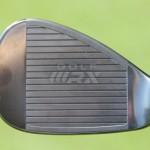
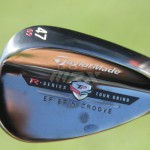
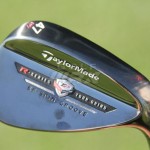
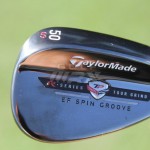
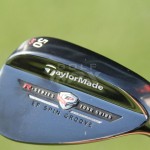

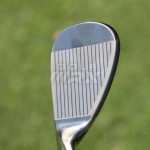
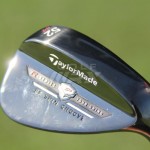
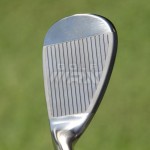
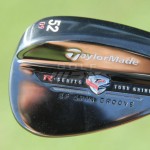
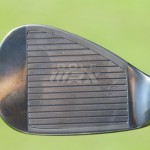
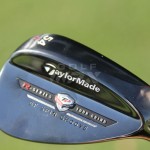
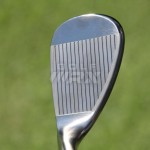
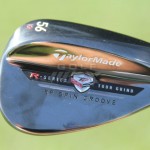
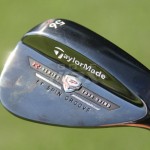
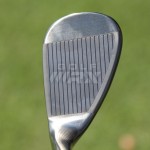
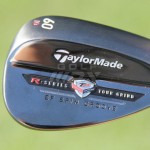
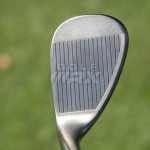
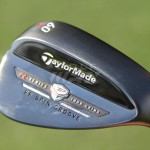
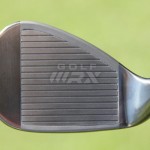
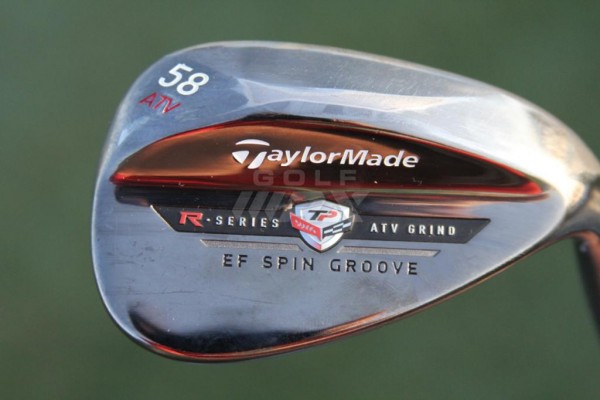
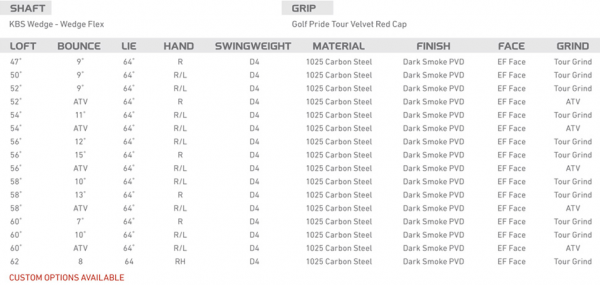


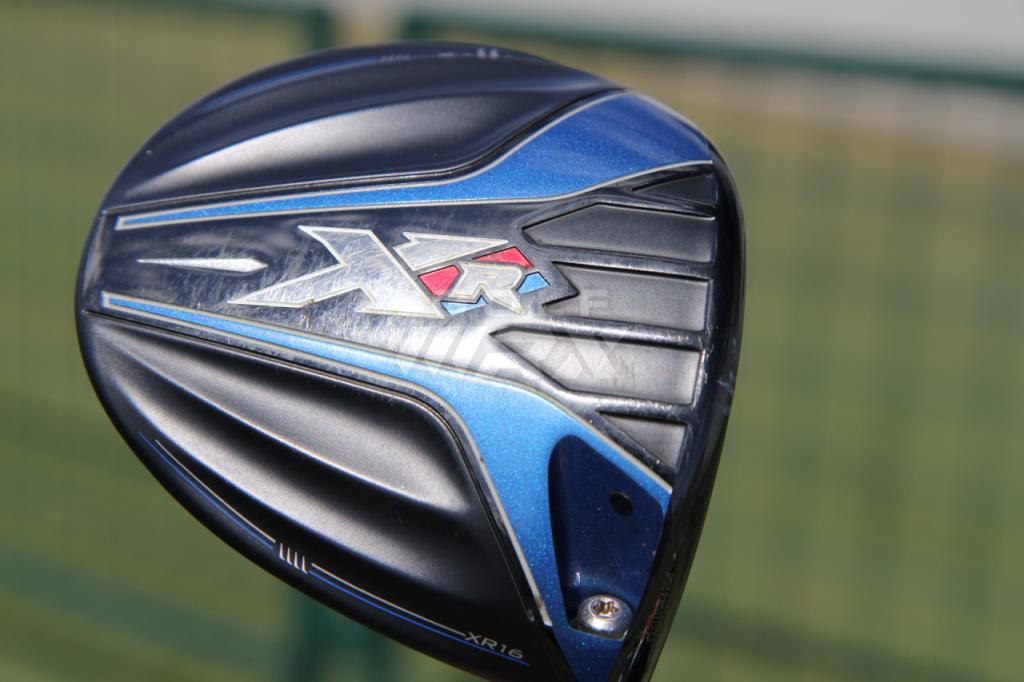
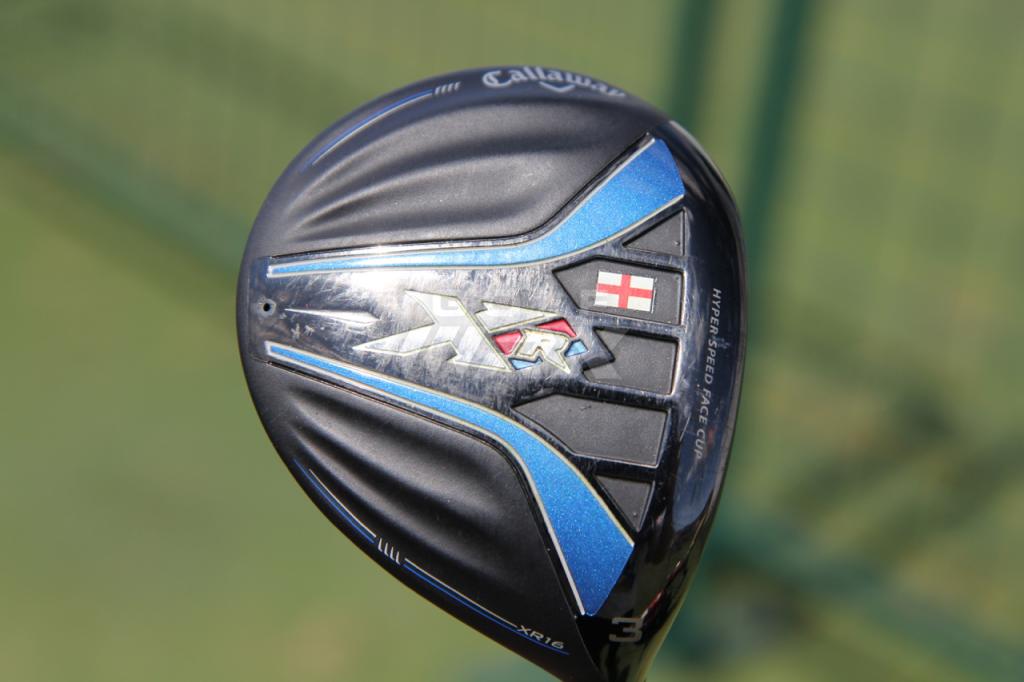

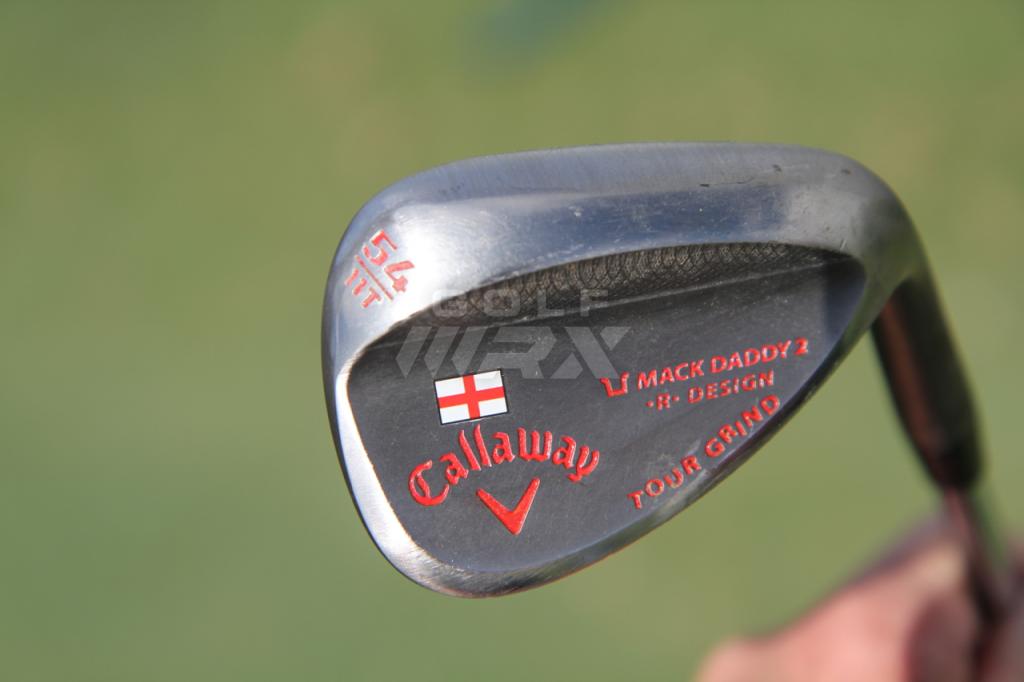
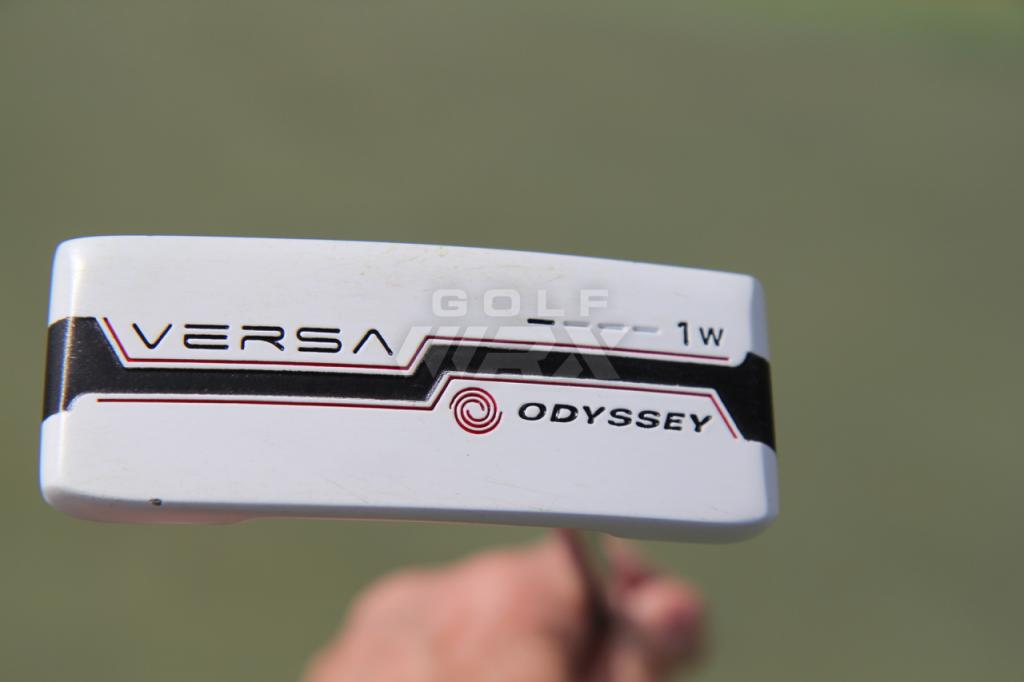














Nevin
May 24, 2015 at 7:39 pm
I played with two friends who have these in their bags now. Both are extremely happy with them and they are clearly spinning it more with these grooves. I think I’ll keep my SCOR’s for now but the do look and feel great.
Desmond
Apr 19, 2015 at 4:13 am
The insert gives it an odd look at address. The grooves should extend more outwards towards the toe so you actually hit a groove when opening the club face. TM can’t hit a home run with wedges… they are always fishing.
Gary
Apr 10, 2015 at 1:26 pm
I am very much into the Cally Mack Daddy 2 wedges and also like the Vokey SM5 very much. If the spin on these wedges is pretty good and the grooves are indeed long lasting, would have to say they would be very much worth a try. Hopefully the feel would be pretty decent too.
MRC
Apr 8, 2015 at 11:22 pm
Sticking w my Mizuno wedges….their forged.
Ken N
Apr 8, 2015 at 6:39 pm
While I like the overall look of the wedge on the back, I can’t help but look at the insert on the face and think “plastic insert.” Maybe it’s because there’s a tiny space between the bottom edge of the face and the insert, but the thing just doesn’t look clean to me. I suppose I expected better execution from TaylorMade. But if it’s good enough for DJ, shouldn’t it be good enough for us (a)’s? I just wonder, if he wasn’t bound to contractual obligations, which wedges would he choose from Titleist, Cleveland, Ping, etc?
Tom Duckworth
Apr 7, 2015 at 4:26 pm
Really like the finish. It sounds like a good idea I’m not a TM guy but not a hater. I would give them a honest try. I like the ATV grind on a 58 or 60.
Tom Stickney
Apr 7, 2015 at 1:05 am
Have them in my bag…flatter trajectory as well.
Jason
Apr 7, 2015 at 11:26 pm
I wouldn’t think most of us average golfers would need a flatter trajectory, especially with a wedge. Is that a good thing in your case?
Dan
Apr 6, 2015 at 9:29 pm
Not that it has anything to do with the wedges, but DJ lost the Northern Trust Open in a playoff to James Hahn.
Jeffrey Trigger
Apr 7, 2015 at 12:56 am
So, you’re saying he has a second place, to go with his first place, and his sixth place, and his top ten world ranking…
Gary
Jun 8, 2015 at 7:11 pm
DJ played great in that tournament but the winner hit two great putts in the playoff.
Gubment Cheez
Apr 6, 2015 at 6:29 pm
These wedges are junk
Might as well be pinemeadow
R
Apr 6, 2015 at 5:20 pm
The science, rather chemistry, is far from complicated. It’s a very simple “positive is attracted to negative” process.
Matt
Apr 6, 2015 at 3:35 pm
Nothing bad to say about these, love the finish and how they seem to sit at address from the pictures. Props TM, thumbs up from me
Chuck
Apr 6, 2015 at 1:10 pm
Very nice looking wedges. Props to TM on some very thoughtful design.
I still wish I knew why TM gave up on its old replaceable-face wedge designs. I never bought one; I never even played with one! But I always admired it as a good design idea. It came and went so fast, I just never found the opportunity to try one.
sgniwder99
Apr 6, 2015 at 4:47 pm
Some of their tour guys still use them, too.
christian
Apr 7, 2015 at 4:38 am
Still? Are they an old model or?
Chuck
Apr 7, 2015 at 3:18 pm
Yeah, an old design. From about 2010-11. I seem to recall their being around for about two years or so. Cleverly built, such that you could use the standard TM hosel torque wrench to replace faces. Here’s the great Wade Liles from the TM tour van way back in 2009(!):
https://www.youtube.com/watch?v=COPH6spfiKw
I always had a sneaking suspicion that both the introduction and the discontinuation had something to do with the 2010 groove rule. If I recall correctly, they came into the marketplace when the groove rule had been passed but had not yet gone into effect. Then there would have been the issue of whether you were using a conforming-groove wedge. Were the replacement faces marked for conformity? I don’t recall. Obviously, that is the whole idea, conforming or not; to be able to keep a wedge whose weight and shape and bounce and shaft were all perfect for you, but the grooves were worn out. So just replace the face. Still seems like a pretty cool idea to me.